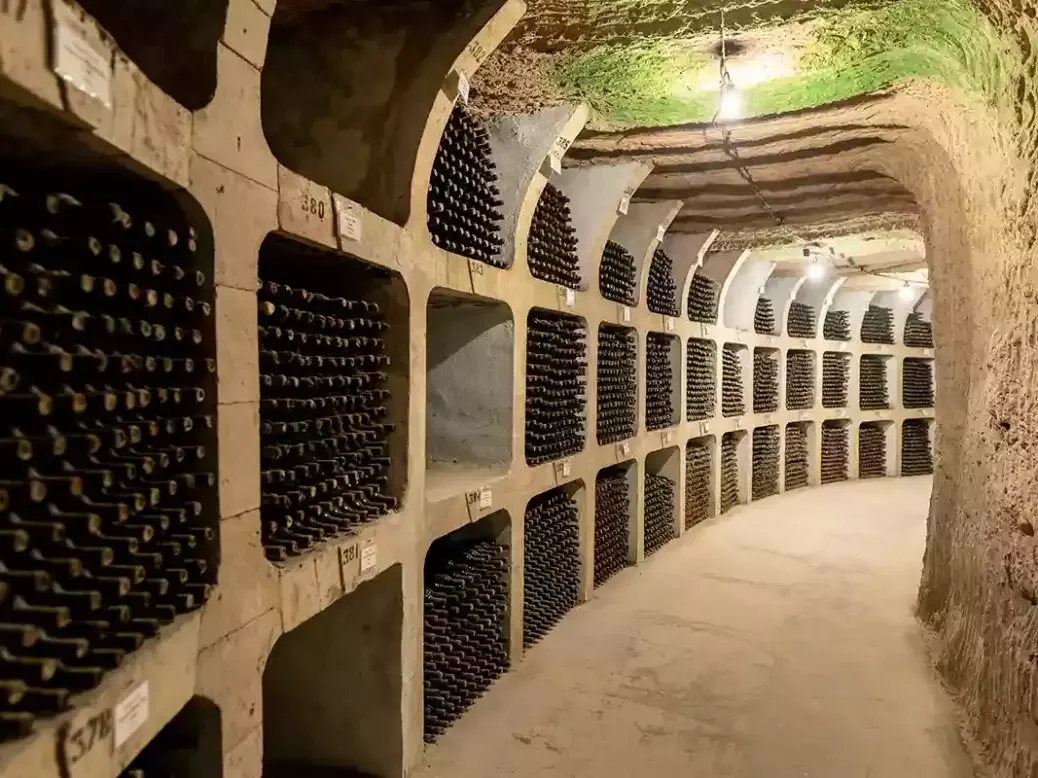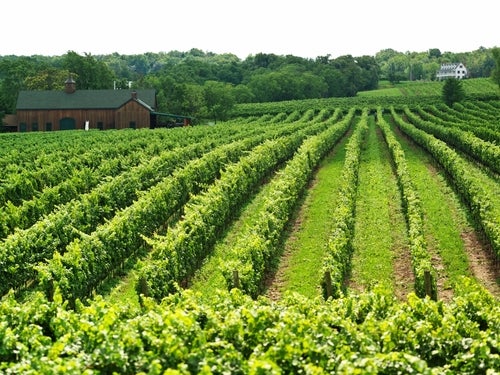
From Chișinău to Chile, Stuart Walton explores the meanings and feelings associated with the wine cellar, a symbol of connoisseurship that can also be a place of melancholy and fear.
As the comedian Steven Wright wisely observed, “You can’t have everything in life. Where would you put it?” This is not a problem that has much inhibited those with the determination to build up extensive wine collections, and need somewhere to put it while it matures, appreciates in value, and reminds them of their own consummate discernment.
The subterranean wine cellar became so much an indispensable figment of the business of connoisseurship that the very phrase has grown synonymous with the collection itself. Somebody with an excellent cellar has both the best the wine world has to offer, in the most promising vintages, and also the room to store it all. In the great country houses of the landed gentry, a cellar was a standard resource, and even the last Victorian houses of the professional bourgeoisie came equipped with a space below ground, in which gluts of home preserves could be kept, alongside regular acquisitions of unmixed cases from the trusted vintner.
No trip to a wine production facility, either excavated in bygone European centuries, or newly hewn out of the California hills, is complete without a look around the cellars, but there is a semantic difference between the maturation of wines prior to their release by the producer and the personal horde amassed by a serious collector with enough serious space in which to keep it. Glancing along the ranks of dust-caked bottles in their racks can be every bit as fascinating as looking over somebody else’s bookshelves, only tinged with a little of the agony of Tantalus that you won’t be tasting any of it.
The wine cellar: A medieval innovation
Although the importance of darkness and steady humidity to the keeping of wine were understood in Roman times, the wine cellar was a medieval innovation. Monastery cellars to accommodate the wine production of the monks themselves came to be incorporated as a standard architectural feature. As wine gained in status as one of the prestigious resources of gentry families, castles and manor houses were equipped with cellars too. This is the period in which the familiar design of a vaulted ceiling, thick stone walls, and only minimal light ingress from a small entrance came into being. In due course, the creation of cellar space was as much driven by vinification procedures as it was by the desire to amass private stores of wine, and the underground cave replete with massive barrels— or the much smaller brand-new barriques of the modern vigneron—became an essential amenity.
The limestone cellars of Mileştii Mici, in the Moldovan capital of Chișinău, were repurposed for wine storage in 1969, and at over 200km (124 miles) in extent are comfortably the largest in the world, an extraordinary claim for a country with a population of only 3.3 million and a tiny, but dynamic, home wine industry. Less than half the capacity is presently in use, but the whole complex includes a restaurant, tasting halls, mosaic fishponds, and ornamental statuary, more of a wine town than a mere cellar.
For all the grandeur of its extent, the oldest wines at Mileştii Mici are from no earlier than 1969. Contrast that with the oak foudre in the 14th-century cellar of the Hospices de Strasbourg, which is still filled with a white Alsace wine that was vinified in 1472. Its contents have been periodically—sparingly—tasted over the centuries, most recently by General Philippe Leclerc at the liberation of Strasbourg in 1944. It is said to be redolent of cloves, coconut, eucalyptus, and thyme. Not that we’ll ever know. Visitors can at least look at the antique barrel behind its security gate.
The strange melancholy of the wine cellar
If there is something opulent about the most venerable cellars, there is also often a strange air of melancholy. Sooner or later, the absence of daylight and the penetrating chill cannot help but suggest the dungeon, especially where that was the very provenance of the space. The gorgeous cellar at the Graycliff Hotel at Nassau in the Bahamas, owned since 1973 by the Italian wine collector Enrico Garzaroli, was built as a jail in the 1860s to hold prisoners during the American Civil War. Its original prison bars now guard Garzaroli’s priceless bottles. These days, the cellar plays host to plutocratic wine banquets amid the gentle refulgence of chandeliers and tasteful uplighters.
By contrast, the famous locked section of the cellars at Concha y Toro in Chile, the Casillero del Diablo (“Devil’s Casket,” for which the producer’s most famous brand is named), gained its adventitious reputation for infernal goings-on as a security ruse. The company’s founder, Don Melchor Concha y Toro, spread the word that Satan himself was at work in the depths of the cellar, as a means of deterring pilfering by the locals. Whatever the mythic ingenuity of the tale, it is hard not to feel a certain icy grip indeed, as one gazes on the Casillero’s wrought-iron gates.






